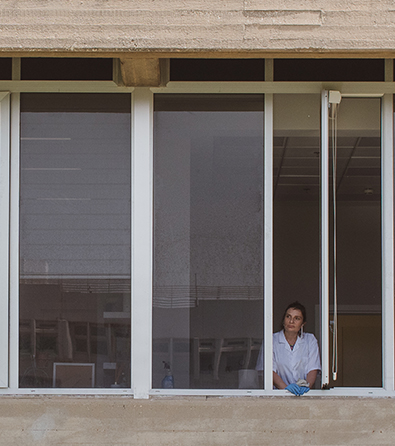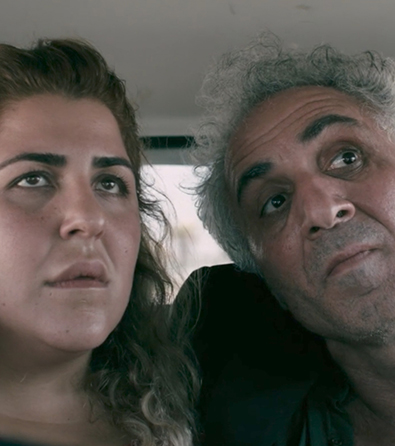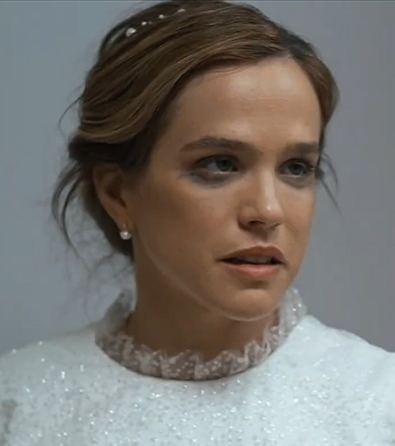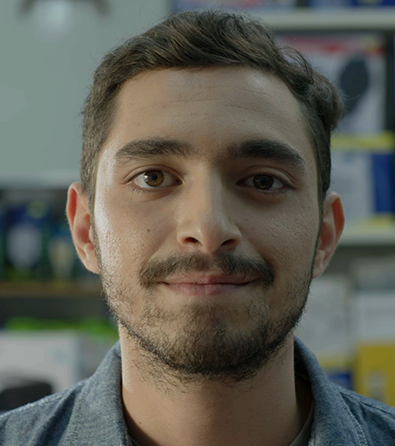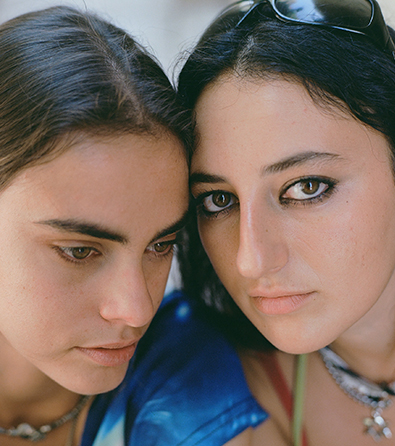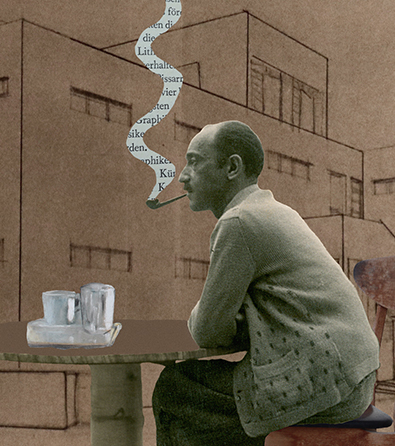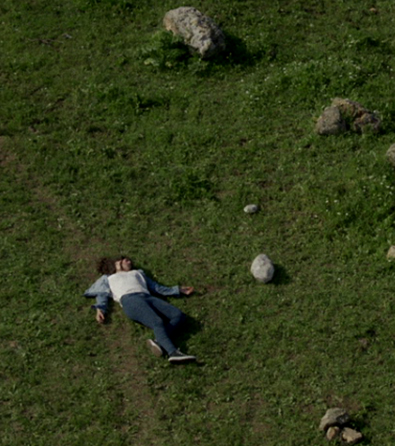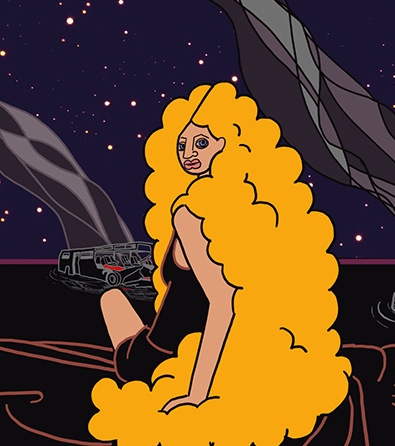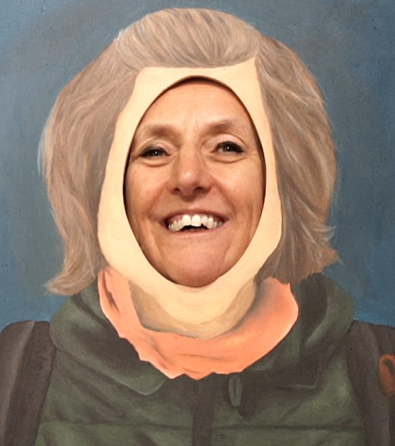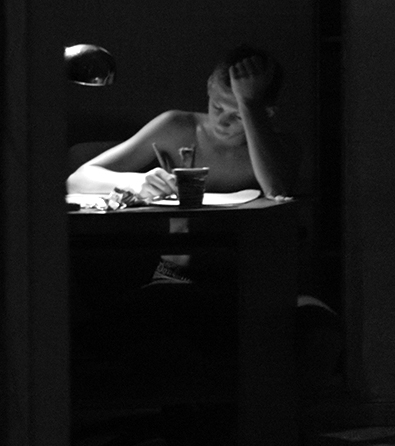Watch the video art Matza Maker (1 minute) at the top of the page.
* To watch this film, please approve YouTube/Vimeo cookies via the blue cookie icon at the bottom left of the screen
Tamir Zadok’s thought-provoking video art, Matza Maker, employs everyday objects to construct a machine for baking Matza, the traditional unleavened bread prepared for Jewish Passover. In the video, Zadok’s artistic narrative echoes a centuries-old anti-Semitic myth that Jews used the blood of Christian children to prepare their Passover Matza.
Blood libels, born out of historical religious bigotry and greed against Jews, have ignited numerous instances of persecution, leading to the brutal murder of countless Jews. This deplorable blood libel first made its way into documented European history in “The Life and Miracles of St William of Norwich,” a text written by the Benedictine monk, Thomas of Monmouth. The monk implicated the Jewish community in the death of a 12-year-old boy, William of Norwich, in 1144. The book accused Jews of performing a ritual murder and further alleged that William’s blood was used to bake Passover matza. The book’s profound and destructive influence escalated anti-Jewish violence, climaxing in the devastating 1190 pogrom in York, England, where a significant segment of the Jewish population was slain in Clifford’s Tower.
This violent outbreak illuminated the long-lasting impact of blood libels. Even today, echoes of such narratives can be found in some corners of society, subtly shaping prejudices and biases. Antisemitic incidents around the world reveal that these archaic myths have left an enduring imprint on the collective social consciousness.
Zadok’s video art, Matza Maker, directly challenges these monstrous allegations that have targeted Jews throughout history. By assembling an unlikely machine from everyday objects and simulating the creation of matza from a child, he draws attention to the ludicrous nature of the blood libel. The video art depicts a child being absorbed by the machine while square matza swiftly emerges from the other side. Throughout this sequence, a red fluid, symbolizing the child’s blood, is expelled through a tube. In an act of satire, Zadok splashes the red liquid onto his apartment windows, mocking the baseless blood libel. As the video concludes, he proudly displays the prepared matza to the viewers. The humor and absurdity accompanying the inconceivable matza preparation process contradict the grotesque essence of the blood libel and thus neutralize it. The piece is underscored by Middle Eastern music, adding a modern facet to the age-old myth while simultaneously drawing parallels to contemporary prejudices facing Jews and Israel.
Utilizing the technique of stop-motion, Zadok creates an illusion of inanimate objects moving independently. Considered archaic in the current digital age, this form of animation is primarily used to evoke an old-world atmosphere, often delivering narratives at an unusual pace, occasionally bordering on the comical. Zadok’s choice of mundane objects for his matza baking machine underscores how unchecked bias and hatred can subtly infiltrate and become normalized within society. His use of stop-motion amplifies this alienation, resulting in an unsettling disconnect between the viewer and the disturbing acts portrayed in the video. Matza Maker deftly dispels prejudiced beliefs, prompting us to acknowledge and confront historical injustices and the persistent presence of hate.
The video art Matza Maker is available to watch at the top of the page.
